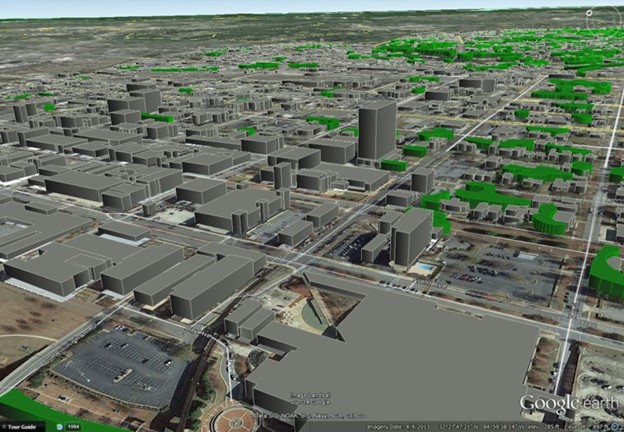LG-RAID - Executive Summary
Linguistic Geometry AI
- Explainable, human-like AI based on Linguistic Geometry
- Automatically generates intelligent evolution of the whole operation into the future
- Operation evolution includes intelligent COAs
- Forces intelligently execute users' orders
- Automatically adapts to changes in the battlefield conditions
- Lowers barrier to entry for use of simulations
- No need for scripts or extra personnel to micromanage scenario execution
Comprehensive capability
- Multi-echelon / multi-domain intelligent simulation system
- Web-based easy-to-use integrated system for hundreds of concurrent users
- AI-enabled analysis and scenario execution
- Explainable and intuitive visualization
- Collaborative scenario development and analysis of COAs
- Iterative analysis of friendly and enemy COA alternatives
- Mission planning, rehearsal, training, wargaming, predictive execution, and after-action review
COA Quality
COA Generation capabilities of LG-RAID are based on interpreting the entire operation as an Abstract Board Game (ABG) and applying LG-based AI to solving it. LG-RAID can accurately estimate intelligent enemy actions and recommend effective strategies for friendly forces, consistently outperforming human-developed COAs in complex military scenarios. The tool provides a sophisticated, game-theory-based approach to simultaneous assessment of multiple friendly and enemy COAs, resulting in higher confidence and accuracy in strategy development. These capabilities were demonstrated in the DARPA RAID project in multiple experiments, where LG-assisted Blue Cells consistently outperformed human-staffed Red Cell counterparts in simulated urban combat.
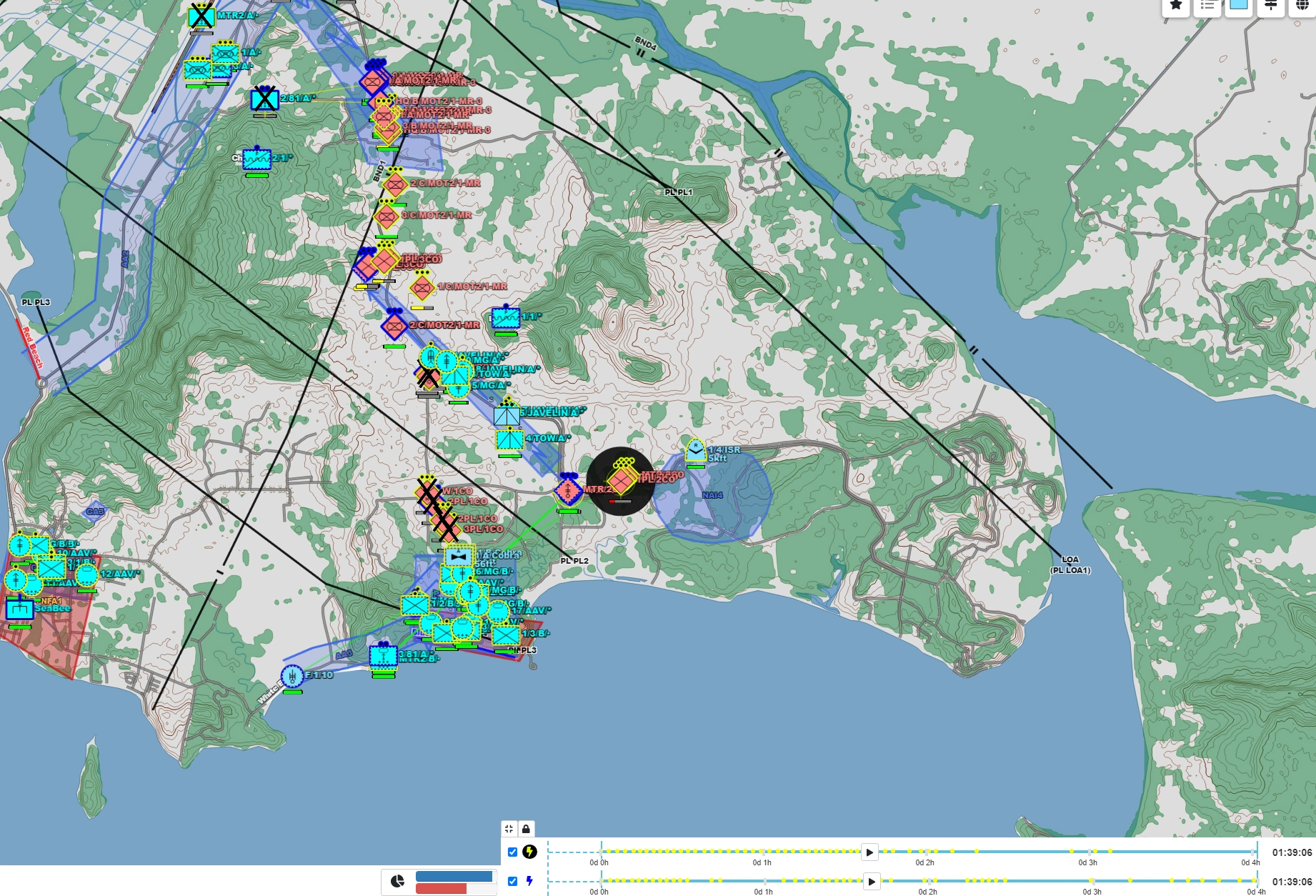
COA Generation
LG-RAID is designed to improve situational awareness, support “what-if” analysis, and improve visualization of the battlefield dynamics for complex multi-domain Army, USMC, Navy, Air, BMD and Joint operations. LG-RAID rapidly generates and simulates tactically correct COAs for enemy and friendly forces (including automatic generation of COAs for the subordinate units) based on user input, e.g., friendly mission description and optional enemy mission description, and visualizes them as animation supported by analytics. This capability helps identify impacts of decisions, constraints, enemy actions, and other factors.
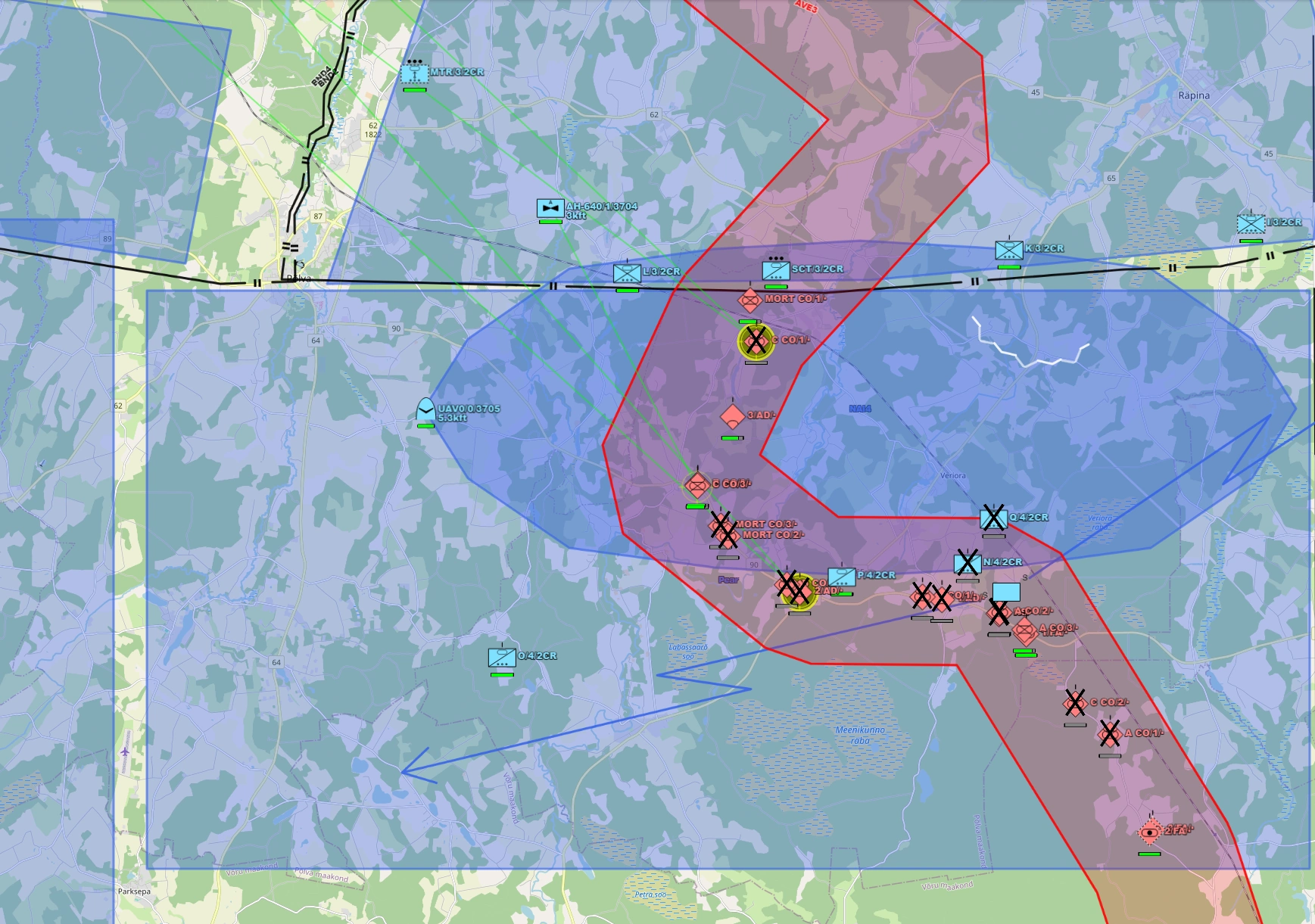
In Depth Analytics
Alternative COAs can be compared across key metrics based on Commander’s Intent and Mission Priorities. Use of simulation and wargaming allows the user to drill down into metrics over time, across forces, and focus on key events. Metrics include survivability, lethality, inventory, weapon and ammo inventory, supplies, missile engagements, depth of fire and more. Analytics can be used to identify key insights from the simulations and support COA comparison and selection.
Collaboration
Collaboration capabilities enable multiple users to work on a single scenario or set of scenarios. All mission graphics, forces, tasks, and other data can be synchronized between multiple users in real time workspaces for a common map view, while built-in file sharing and drag-and-drop feature support offline asynchronous teams. Users can collaboratively develop, refine, evaluate and wargame multiple COAs. Military Decision-Making Process (MDMP) guided mode can be used to support well-structured staff operations.
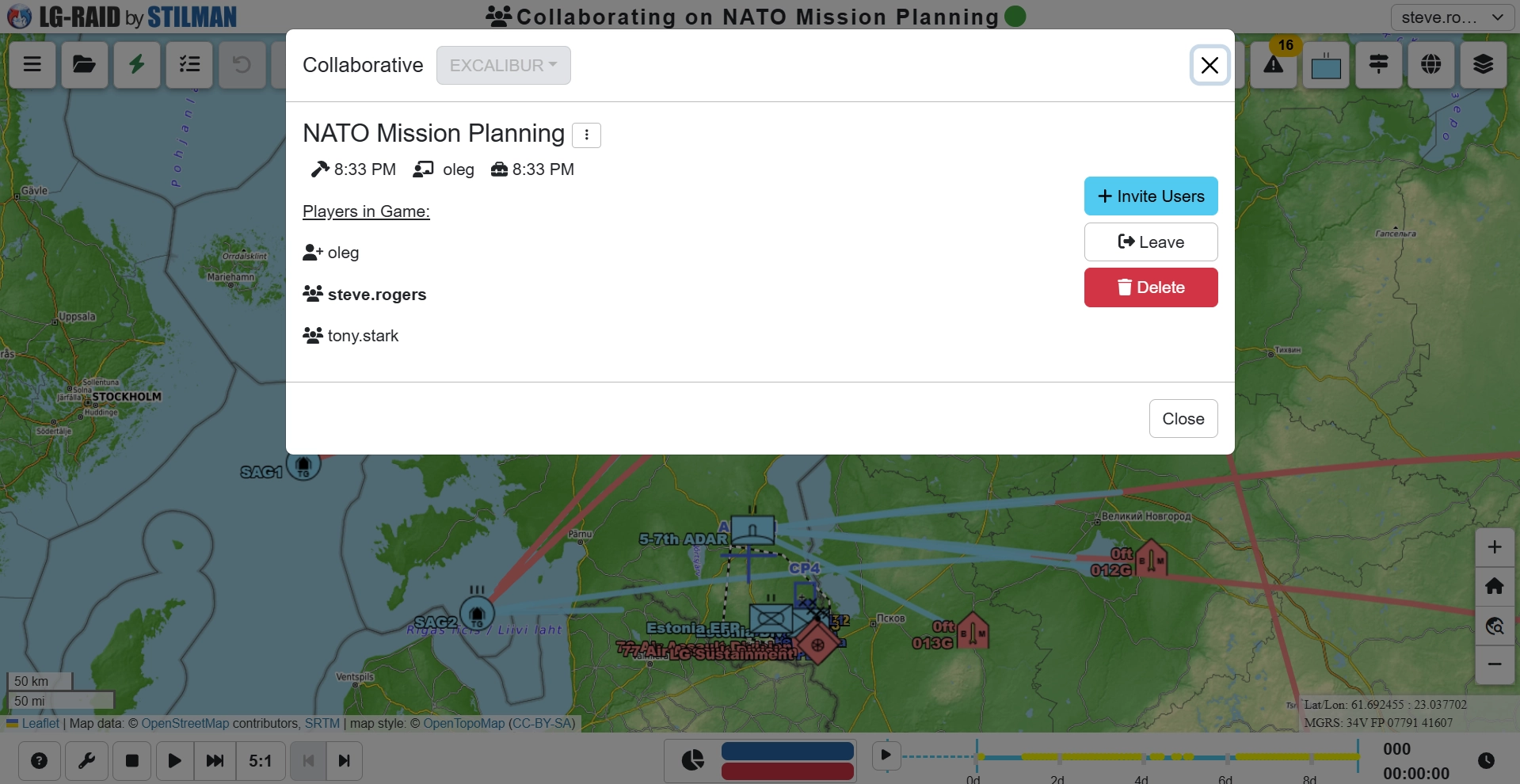
Wargaming
Interactive, multiplayer wargaming mode allows users to play alone or in teams such as BLUEFOR, OPFOR, Observer, or Controller. Two or more people can go head-to-head or split control of units to accomplish a mission together. Players can pause the mission at any time to change unit orders, i.e., change constraints, to adapt to the changing situation. This is a key method in LG-RAID for user override. Controllers can also rewind and replay wargames from any point to explore alternative COAs. Analytics and After-Action Review (AAR) support provides deep insights both in-game and post-game.
Explainability and Trust
By allowing users to rapidly create and execute new scenarios as well as multiple variations of the existing scenarios, LG-RAID facilitates fast users’ learning about all aspects of the operation. Moreover, it permits users to conduct comprehensive research into dependence of operational outcome on the selected operational parameters such as ammunition/fuel stores, availability or resupply, event timing, etc. as well as on options for enemy behavior (also known as “What-if” options). Generation of wholistic COAs and extensive metrics based on those COAs, coupled with parametric and “What-If” research, ensure complete explainability of the LG-RAID-generated plans and/or advice to commanders and staff officers regarding battlespace management or wargaming, which is enhanced via animated visualization of the entire operation’s evolution. More than 50 defense related projects demonstrated via responses from participating military experts (including uniformed officers) that due to this explainability the military experts exposed to LG-based AI trusted its suggestions and plans. COA/metrics generation, parametric/What-If research, animation, explainability and trust allow us to conclude that LG-RAID can support effective mission planning, rehearsal, training, predictive execution, and after-action reviews via highly engaging intelligent wargaming.
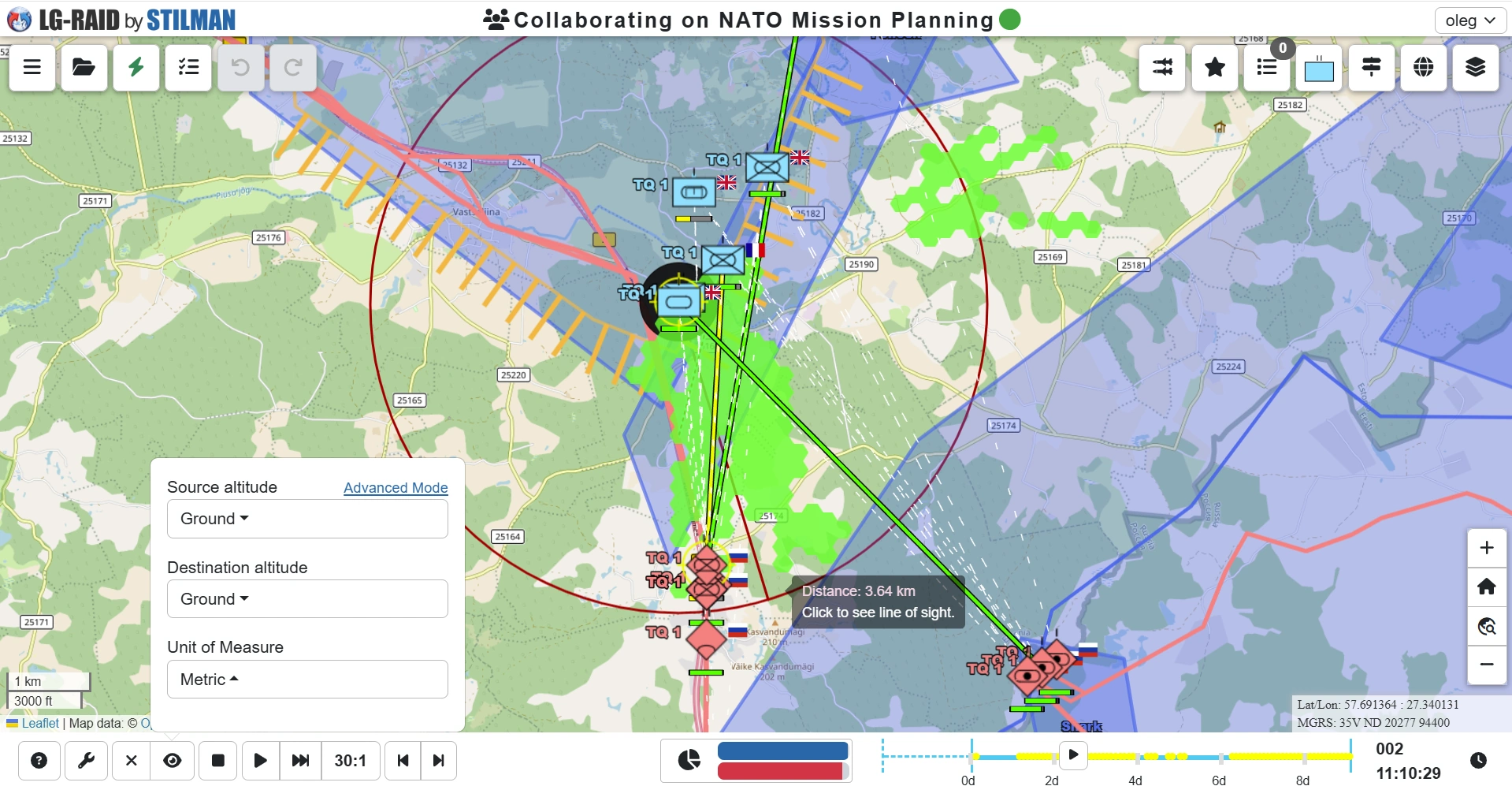
Web GUI
LG-RAID is accessible in a browser on a laptop, desktop, or mobile devices with mouse or touch based interactions. Users are presented with familiar 2D and 3D map-based user interface that supports Open Source, commercial and government map data and imagery. Use of doctrinally correct military terminology, graphics, and symbology enables fast, collaborative scenario creation with minimal training - supported by built in help system with tutorials for common activities. Users can task, organize and customize composition, strength, and armament of friendly and hostile (if known) forces, specify scheme of maneuver using execution matrix and doctrinal tasks. All the unknown elements will be automatically completed by LG-RAID. Visualization of simulation playback and data analytics are integrated to support iterative analysis.
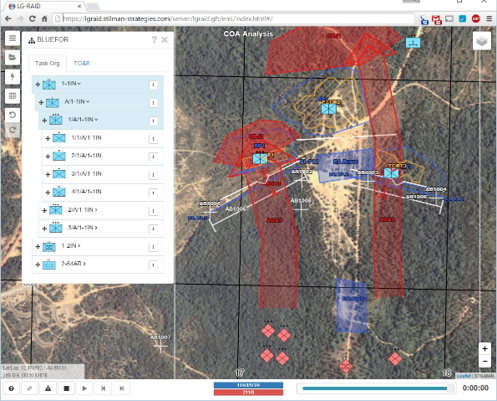
Battlefield Analysis Tools
LG-RAID UI provides users with battlefield analysis tools using the same data that powers LG-based AI simulation engine. These tools include Line of Sight, Sensor Coverage, Terrain, and Mobility Analysis tools. These capabilities enable dynamic Terrain Evaluation, Intelligence Preparation of the Battlefield and COA Development based on detailed terrain models and equipment capabilities models. LG RAID also uses this data during simulation to automatically identify and avoid dangerous areas while exploiting the most advantageous routes for movement, attack and defense.
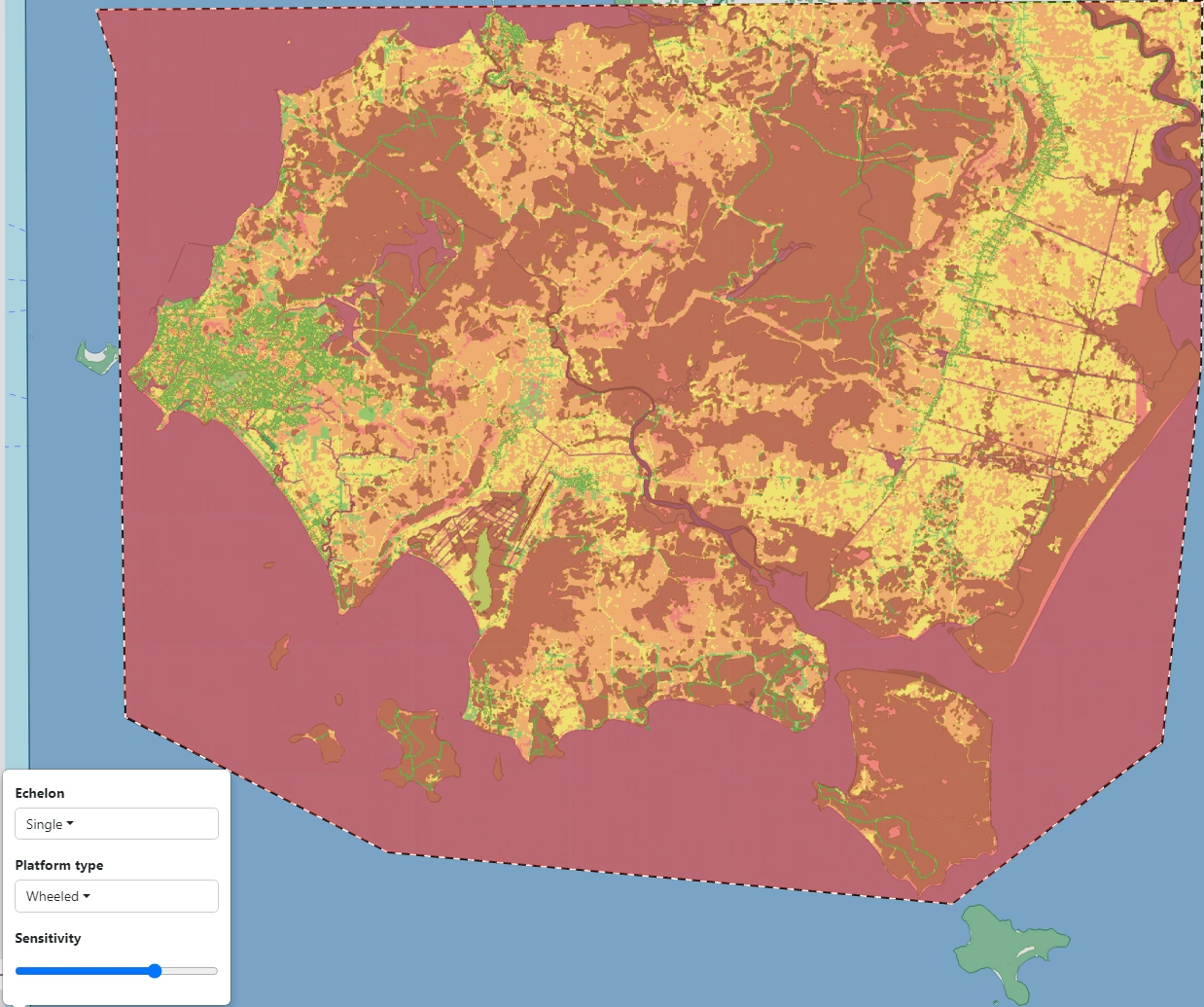
Multi-Domain Capabilities
LG-RAID offers robust multi-domain capabilities, allowing sea, air, space, ground, and cyber operations to be simulated in a holistic manner, within a single cohesive scenario. Different domains are not just integrated into the scenario. They are organic components of a battle enabling comprehensive modeling of joint operations that involve diverse and complex environments. LG Hypergames (“the LG-based game of games”) enable intelligent generation of the battle evolution across those interconnected components of the multi-domain operations using interlinked multi-resolution games, providing mission commanders with realistic and detailed simulations of how various forces interact across domains.
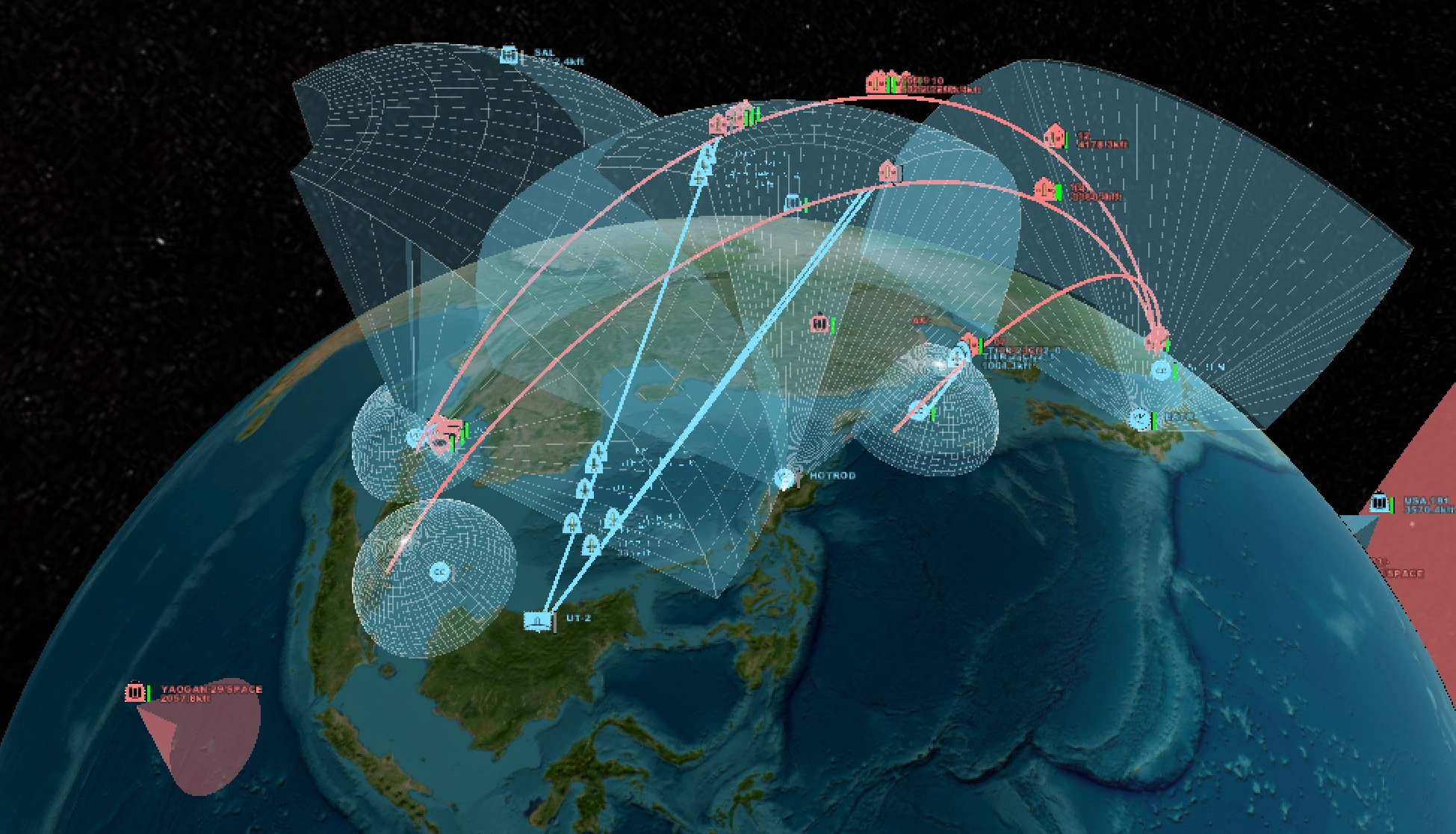
Deployment Options
LG-RAID server can be deployed in containerized, virtual machines, or bare metal environments, as well as in the cloud, on premises, or on disconnected edge nodes, and then accessed by end user devices with a compatible web browser, including handheld devices. LG-RAID can also be deployed directly on directly on end-user desktop or laptop computer. LG-RAID has an extensive track record of integration with Mission Command, Intelligence, and other systems to access data, such as current force structures, composition, status, location, inventory, supplies, readiness levels, equipment capabilities and geospatial terrain environment.

Military Decision Making Process
LG-RAID supports collaborative guided MDMP with progress tracking for multiple users, ensuring coordinated efforts. The GUI dynamically adjusts to display relevant views and tools for each step of the MDMP. Users can work with a shared set of mission scenario COA files and mission documents, enhancing collaboration. It also automates the generation of orders using standard templates, streamlining the process. Additionally, the system provides key tools like the Decision Support Template and Information Requirements, along with a view comparing actual versus planned scenarios to support running estimates.
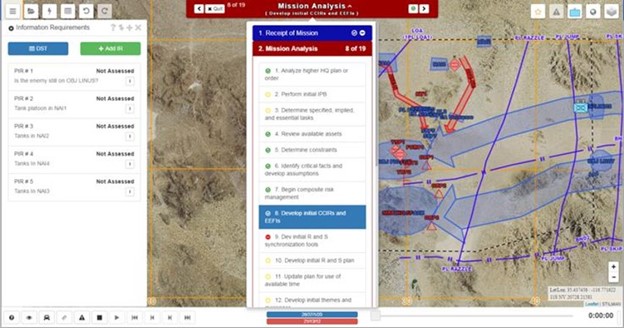
Print, Import, & Export
Maps with graphics and units, along with analysis results, can be printed to scale, saved as PDFs, or pasted into software like Microsoft PowerPoint or Word. All scenario input data, COA Analysis and simulation results are accessible in XML and JSON formats via REST APIs and support bidirectional interoperability with other systems.
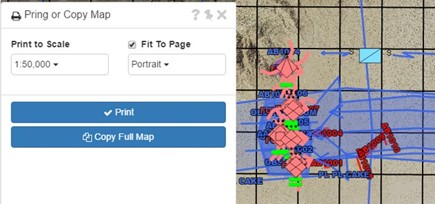
Terrain Data
LG-RAID imports terrain data from government, civilian and open source data, including elevation, roads, hydrography, vegetation, and buildings. LG-RAID supports a wide range of standard GIS formats including direct access over industry standard geospatial APIs. Users can utilize satellite and aerial imagery, military topographic maps, and combat charts into their analysis.
